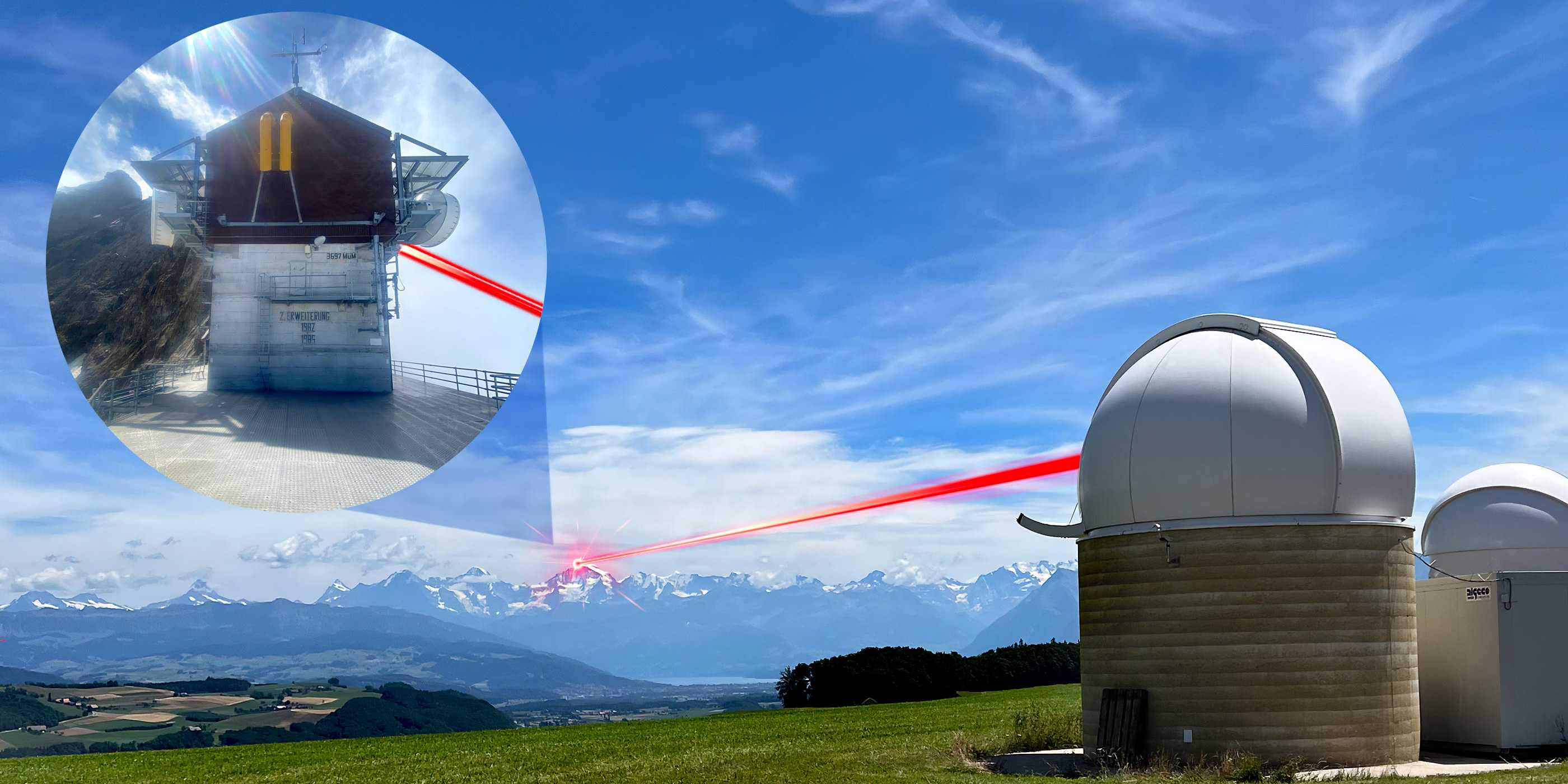
In partnership with Thales Alenia Space and ONERA, ETH Zurich researchers have successfully demonstrated terabit optical data transmission through the air using laser technology, writes the university in a press release. The experiment, conducted over a 53km distance between the Jungfraujoch mountain peak and Bern, Switzerland, faced challenges such as air turbulence and thermal phenomena.
- ETH Zurich researchers demonstrated terabit data technology using laser technology;
- The system has the potential to be a promising alternative to conventional deep-sea cables;
Using a microelectromechanical system (MEMS) chip with 97 adjustable mirrors, the team corrected errors and achieved a bandwidth of 1 terabit per second. The system can be scaled up to 40 terabits per second using standard technologies, opening up the possibility of cost-effective, high-speed backbone internet connections via near-earth satellite constellations.
Overcoming Technical Limitations
The most significant challenge faced by the researchers was the fluctuating turbulence of air particles, which caused errors in the transmitted data. Paris-based project partner ONERA deployed a microelectromechanical system (MEMS) chip with a matrix of 97 tiny adjustable mirrors to overcome this obstacle. These mirrors corrected the phase shift of the laser beam on its intersection surface along the currently measured gradient at a rate of 1,500 times per second, ultimately improving the signals by a factor of about 500.
By addressing the technical limitations of laser communication systems, the ETH Zurich team has paved the way for cost-effective and faster backbone connections via near-earth satellite constellations, capable of transmitting more information per unit of time than radio technologies used in satellite internet connections.

Implications for Global Internet Infrastructure
This new technology has the potential to significantly impact the global internet infrastructure, particularly in remote and underserved regions. As the system demonstrated in the experiment can be easily scaled up to 40 channels and 40 terabits per second using standard technologies, it offers a promising alternative to the costly deep-sea cables that currently form the backbone of the internet.
Industry partners will likely carry out the integration of this laser communication system with existing satellite constellations while the scientists at ETH Zurich continue to explore the potential of the new modulation format. This format could increase bandwidths in other data transmission methods where the beam’s energy becomes a limiting factor, further expanding the possibilities for high-speed data transfer on a global scale.

A Bright Future for Satellite Internet Connections
The successful demonstration of terabit optical data transmission through the air using laser technology marks a substantial breakthrough in satellite internet connections. With the potential to provide cost-effective and high-speed backbone connections via near-earth satellite constellations, this technology could revolutionize internet access, particularly in remote and underserved areas.
As ETH Zurich researchers and their industry partners continue to refine and explore the potential of this technology, the future of global internet infrastructure looks increasingly promising. The results of this experiment, presented at the European Conference on Optical Communication, have generated global interest and serve as a testament to the innovative spirit and collaborative efforts of the scientists and industry partners involved.






